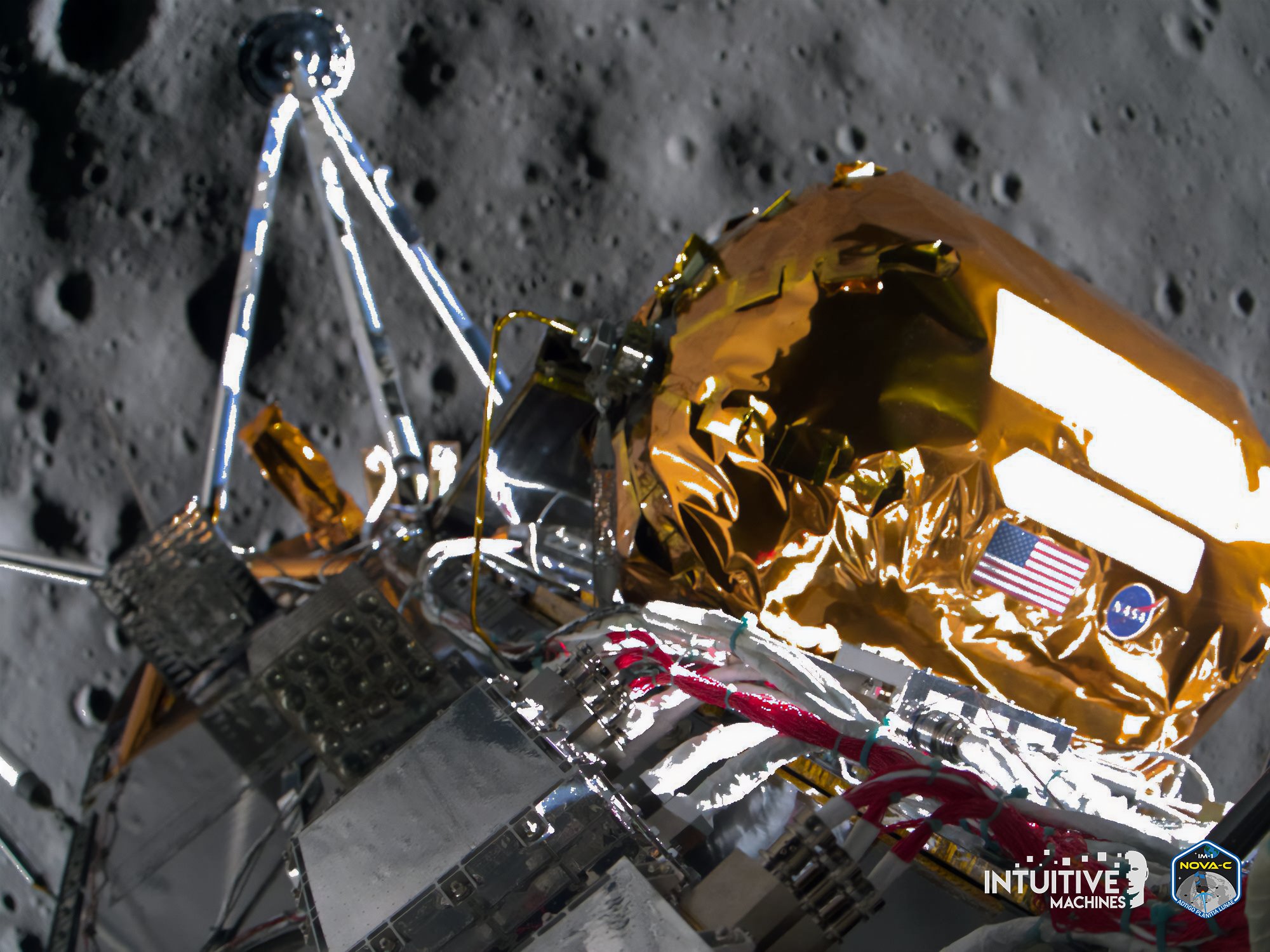Revisit the space industry’s biggest moments in 2024
We are at the dawn of a new space age. If you have doubts, just look at last year: From SpaceX’s historic catch of the super-heavy rocket to the record number of lunar landing attempts, this year has been packed with historic and ambitious missions and demonstrations.
We take a look at the five most important moments or trends in the space industry this year. Naysayers may think SpaceX is over-represented on this list, but that just goes to show how far ahead the space giant is compared to its competitors.
In no particular order:
1. Boeing’s failed Starliner mission turns into a win for SpaceX
NASA and Boeing no doubt had high hopes when the Starliner launched on its first crewed test mission in June. but A series of technical malfunctions That was when the spacecraft made its final approach to the International Space Station, setting off a months-long investigation into those issues, the main concern being whether the two astronauts on board could safely use the Starliner to return home.
Out of extreme caution, NASA officials decided The two astronauts will remain on board the International Space Station for several months longer than originally planned, and that they will return using a SpaceX Dragon capsule in the spring. The decision was a huge blow to Boeing About $1.6 billion in cost overruns Starliner development, and may need to conduct one more crewed test flight before the vehicle is certified to fly regularly for NASA. (For what it’s worth, the capsule was implemented Flawless landing.)

2. SpaceX captured a Super Heavy vehicle for the first time
SpaceX has made impressive progress in its Starship test program, with the company launching the massive rocket four times in 2024, bringing the total launches to six overall. During the fifth flight in October, the Super Heavy rocket returned to the launch site, He was “caught” by two large arms sticking out of the launch tower.
The space company has succeeded in reusing the booster using its Falcon 9 rocket, as the company has succeeded in recovering 367 boosters so far. These boosters land on land or on huge ships at sea using four legs that deploy independently just before landing. But using similar technology to recover Super Heavy is impractical for a number of reasons — chief among them its massive size — which prompted SpaceX engineers to develop a booster capture method.

During the last test launch in November, SpaceX decided to cancel a second catch attempt, so there’s clearly still work to do to achieve the kind of launch and recovery cadence the company is aiming for. But this catch was a historic day in spaceflight, not to mention one of the most stunning engineering feats of the century so far.
3. The Polaris Dawn crew performs its first private spacewalk
Jared Isaacman has been in the news recently due to his nomination to be NASA Administrator by incoming President Donald Trump. But the billionaire founder of payment processing company Shift4 Payments also made headlines this year when he led the Polaris Dawn mission and made the first commercial spacewalk.
Spacewalking is extremely dangerous: when astronauts leave their spacecraft, they expose themselves to hazards such as micrometeorites and radiation, not to mention having to rely on the safety of their spacesuits to provide basics like oxygen and cooling. However, the Polaris Dawn crew, along with their mission partners SpaceX, Meet these exact challenges with the mission. Two of the four crew members, Isaacman and SpaceX engineer Sarah Gillis, took turns exiting from the top of their vehicle, a specially equipped Dragon, for about ten minutes each. The duo conducted a series of tests on spacesuits made by SpaceX while attached to the vehicle via an umbilical cord.

4. Many companies are targeting the moon
This year, two private companies and two countries attempted to land on the moon. While the total number of attempts is not a record, the breadth of players certainly is: Japan, China and two American companies have put in their efforts to achieve success.

The results were mixed. Astrobotic, based in Pittsburgh She had to abort her landing attempt About ten days into the mission. Meanwhile, Intuitive Machines and the Japan Aerospace Exploration Agency both reached the surface But he failed to land In an upright position. China’s Xiang E6 mission, which landed and returned samples from the far side of the moon, appears to be the only direct success.
5. The Space Force pays the price
We would be remiss if we didn’t mention one of the space industry’s largest clients — the Department of Defense — whose priorities and spending shape the overall ecosystem. This year, the Space Force has awarded a number of major contracts to commercial service providers, signaling its willingness to pay large sums to commercial entities that can provide the services.
Some notable contracts include $733 million, Holding eight launches for SpaceX; Contract worth $515 million For 18 satellites to Rocket Lab; Several decades To start the Anduril defense for surveillance and other work; and a series of smaller but no less well-known contracts for “quick response” capabilities. Real anomaly, Motive space And Rocket Lab.



